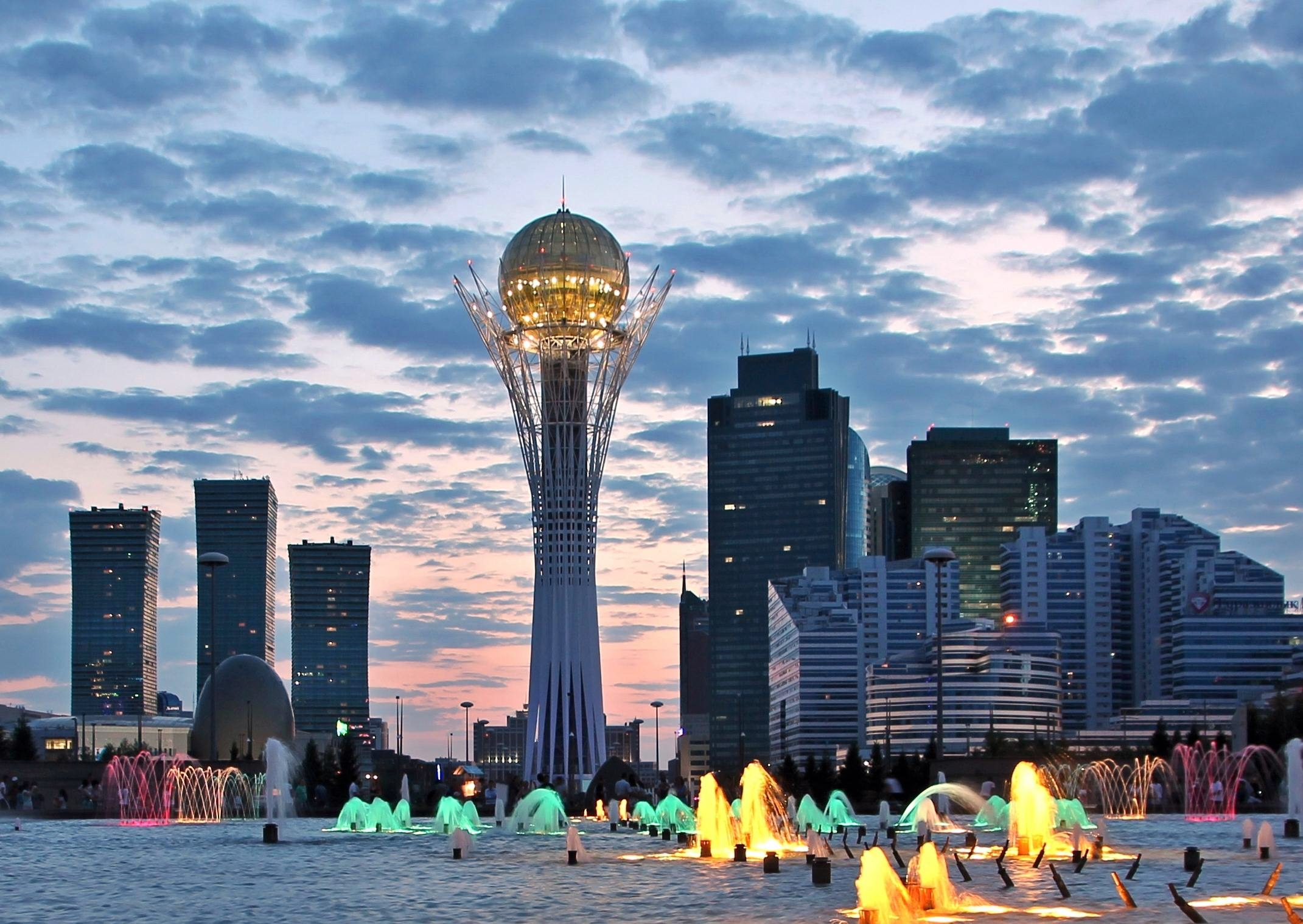
It’s easy for those with three centuries of somewhat-democratic tradition to imagine what democracy looks like. It’s possible, if tougher, for those who possessed some semblance of sovereignty in the course of history, too. The ones who have a hard time are the young nations, which constitute, in fact, most of the world – and chief among them are the nations that were consolidated within the wedlock of the erstwhile Soviet Union. There has been ample time since the unification of England in 927 A.D. to find out what an English system should look like; the same can be said of the French system and the Treaty of Verdun in 843 A.D. The timeframe for figuring out what on earth a Kazakh – and Kyrgyz, Turkmen, Uzbek or Tajik, for that matter – system should look like is a measly comparison: it’s the thirty-odd years that have passed since December of 1991.
Among consolidated autocracies like Turkmenistan and Tajikistan, as well as the odd and chaotic coupocracy that is Kyrgyzstan, Kazakhstan stands out as a singular example: a state that could, without significant historical traditions to harken back to, guarantee the trifecta of stability, gradual economic growth for large swaths of the population, and incremental democratization. This process reached a pivotal moment in March of this year, when the country held arguably, the most democratic legislative election of its existence. Their achievements this year are rather impressive: they have secured the most realistic turnout in the history of Kazakhstan, the most positive OSCE observers’ report to date, and the inclusion of two systemic opposition parties in its legislative work without losing its trademark stability. The participation-oriented Respublica Party and the socialist Nationwide Social Democratic Party will have a chance to shape the near future of the country, wielding a total 10,2% of seats – not an overbearing mandate by any stretch of the imagination, but exactly 10,2% more of legislative control on the government than used to be the case.

The current wave of democratization consists of the June 2022 constitutional referendum on curtailing presidential powers and creating new rule-of-law institutions; the November 2022 presidential elections, which have resulted in the incumbent, Kassym-Jomart Tokayev, being reelected for a single seven-year term; and the March 2023 legislative election on the national and regional levels. And first among its constitutive elements is the giant impetus that was the Bloody January of 2022, a nationwide protest movement that has seen discontent over an LPG price hike evolve into an all-encompassing riot directed mostly at the previous rather than the current president.
The protests could only be quelled with the assistance of the Russia-led Collective Security Treaty Organization, which led Tokayev and his carefully selected, youthful team of policy professionals educated at special élite schools and universities founded by Kazakhstan’s first president, Nursultan Nazarbayev, to the only right conclusion: If Kazakhstan wants to remain a sovereign actor in a region where small countries have historically been mere bargaining chips in great-power conflicts, its leadership needs to strengthen democratic ties with its own people. Without the emergence of a political nation, bilingual, bicultural, and tribal Kazakhstan provides ample societal fault lines for bad-faith actors to exploit. And the foreign policy challenges that modern Kazakhstan faces are everything but trivial. A country with a trade dependence of about 70% on Russia, a Russian minority of 15%, the world’s largest land border with Russia as well as one with China, needs to survive the U.S.-China cold war and dodge the threats of secondary sanctions and of the Russian invasion. Alibek Kuantyrov, Kazakhstan’s Minister of National Economy, made the stakes painfully clear in an address to foreign journalists before the election when defending his country’s anti-sanctions stance: “We have to act in the interest of our people, our nation, and our territorial integrity."

Constitutional reforms, of course, have often been little more than an ornate piece of paper; a cadre of strongman rulers in the region, from Russia’s Vladimir Putin to China’s Xi Jin-ping, have used constitutional acrobatics for the single purpose of extending their rule indefinitely. But this democratic transition promises to be different; a systemic reform that is about curtailing rather than extending presidential powers, as well as creating institutions of democracy that have no tradition of existing in Kazakhstan, as State Councillor Erlan Karin pointed out in the same briefing. This time, the stakes aren’t limited to the fate of one ruler. Rather, this is a connectivity-oriented nation’s existential battle – where democratic legitimacy is the weapon of choice that will allow the country to have its plov and eat it, too.
The author is a foreign policy journalist